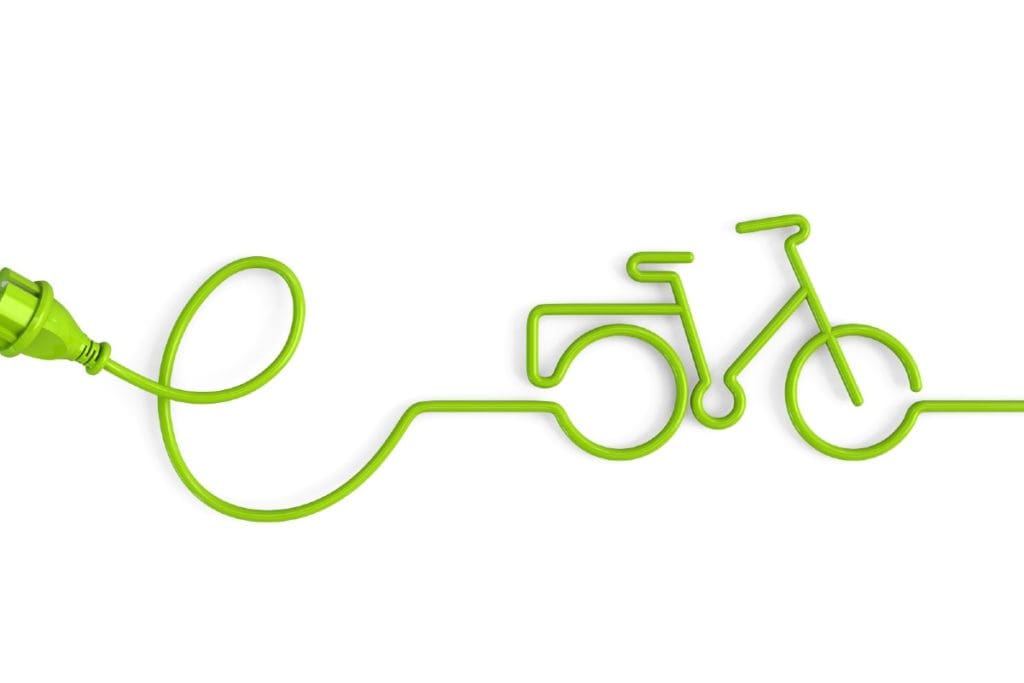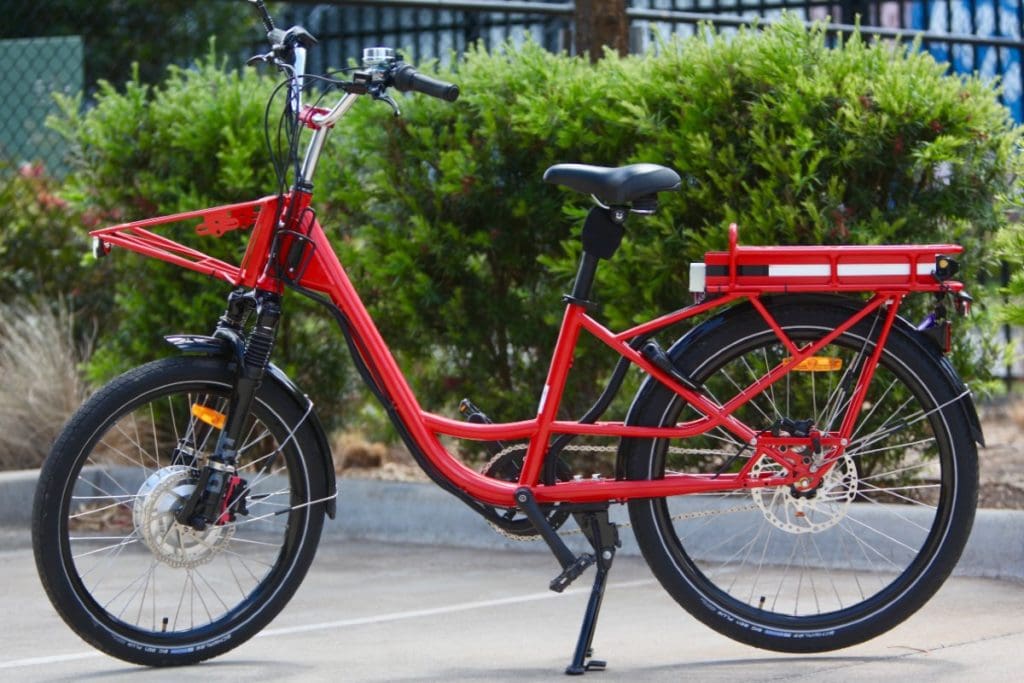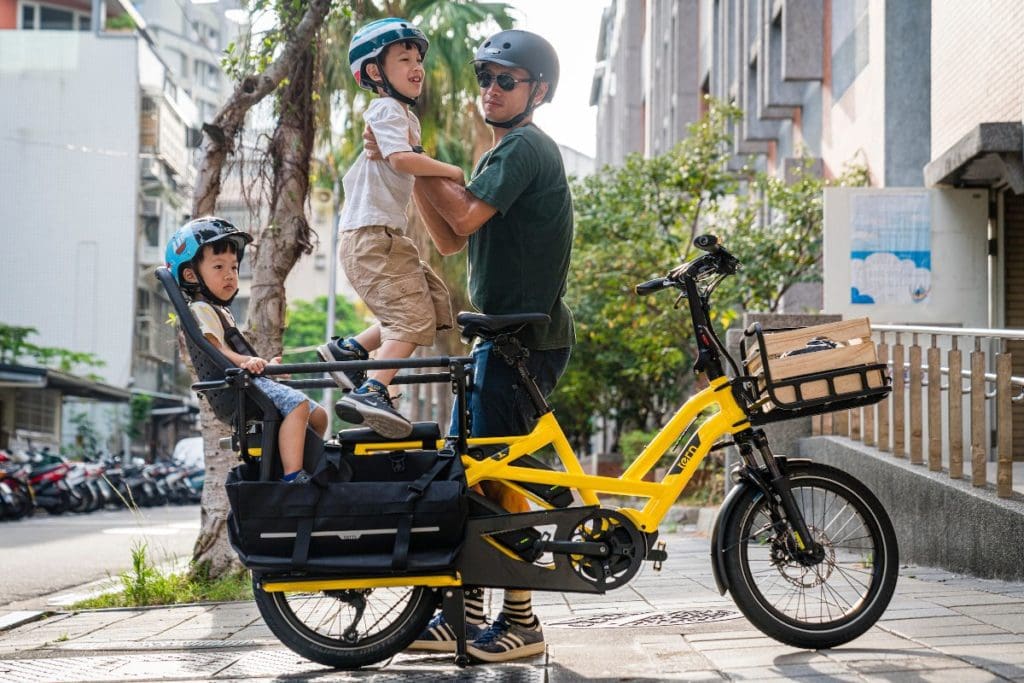Ebikes and Cargo Bikes

Only five years ago, very few dealers had an ebike for sale on their floor. Today, there’s hardly a bicycle brand or bicycle store that does not include ebikes. In fact the data that we recently published here shows that ebike sales through the dealer market have been growing by 50% per year and exceeded 48,000 units for the financial year ended 30th June 2020.
Cargo bikes today are in the same place that ebikes were about five to 10 years ago. With rare exceptions, the major brands don’t include them in their ranges and only a small minority bike stores sell them.
In Europe electric bike sales grown from virtually zero 20 years ago to 3.4 million units in 2019 and are expected to reach 13.5 million units sold per year by 2030. Along with the development of the ebike has come huge growth in the total bicycle industry from 5 billion euros (A$7.6 billion) (for all sales including non-ebikes, P&A etc) in 1999 to almost 14 billion Euros (A$21.4 billion) in 2019. That’s almost triple the size in two decades.
If Australia follows the trend in Europe, cargo bikes, the majority of which are now e-cargo bikes, will follow the growth path of ebikes.
This will present more challenges for Australia’s dealers, in terms of the space required to display them, a new learning curve to climb in terms of selling and serving them and the challenge of funding new stock of what are quite expensive machines. But they also represent an opportunity for high unit value sales and particularly high accessory add-on sales.
Technical writer for the USA based site www.electrek.com, Micah Toll, is making five predictions for ebikes for 2021:
Prediction One: A new wave of affordable mid-drive ebikes
Mid-drive e-bikes, which have a centrally-mounted motor that powers the e-bike through its bicycle gears, have long been dominated by industry heavyweights like Bosch.
Popular mid-drive e-bikes have offered high-quality drivetrains and mid to top-shelf components to match. But that has traditionally kept the prices high, often in the $4,000+ range.
However, 2021 is likely to see a new wave of affordably priced mid-drive electric bikes. There are plenty of Asian mid-drive suppliers that are growing their market share and helping drive down prices.
Prediction Two: More e-bikes with small diameter fat tires
Not only do fat tires provide extra cushion for the ride, but the small diameter 20″ versions minimize the extra bulk that comes with fat tires.
They prevent the e-bike from growing too heavy and unwieldy. They also help designers reduce the standover height, making the e-bikes more accessible to a wider range of riders.
Apartment dwellers and anyone with a crowded garage will also enjoy the advantage of a more compact e-bike.
Small diameter fat tires won’t replace traditional 26″ and 700c tires found on many e-bikes. But for anyone not worried about extreme efficiency, their advantages are too numerous to ignore. That means e-bike manufacturers are going to find a growing demand for this style of e-bike.
Prediction Three: No major battery breakthroughs – for now.
Other than small incremental increases in capacity, there will be no major breakthroughs in e-bike batteries in 2021. And the incremental increases in capacity won’t be due to any technological advances – they’ll simply be the result of manufacturers of battery packs shoving in a few more cells.
That doesn’t mean we won’t be zooming around e-bikes sporting solid-state batteries in the next five to 10 years, but it won’t happen in 2021.
Prediction Four: Long waits for ebikes
Many e-bike manufacturers are still being quoted lead times of a year or more on components such as brakes and handlebars.
Popular e-bike companies have struggled to keep e-bikes in stock, leading to the second half of 2020 becoming the year of the e-bike backorder.
While that will improve in 2021, it will take many months if not most of the year. So while some companies will be able to maintain some semblance of stock in their warehouses, you should still expect many e-bike manufacturers to continue working on a pre-sale or back-ordered basis.
Prediction Five: More e-bike startups
The massive increase in demand for e-bikes will be the largest driver behind a wave of new e-bike startups. It will be hard for many entrepreneurs to see the market demand and not think to themselves, ‘Maybe I should start an e-bike brand.’
There is also a surge of venture capital and crowd funding available for new ebike ventures, as evidenced by the huge near A$200 million funding of a six year old ebike start up, Rad Power that we’ve reported about in a separate article.
There will likely be some interesting entries, but also likely a number of regurgitated designs that have been white-labelled from the same giant e-bike factories in China.
Therefore post-covid future sales levels depend, at least in part, upon how many of the temporary ‘pop-up bike lanes’ in our cities become permanent, how much new, safe separated infrastructure is built and how many residential and secondary roads have their speed limits reduced.
Read the Latest Ebike and Cargo Bike Product Features
Next Month…
Next month’s Annual Dealer Guide will feature Lighting and Camera products. If you’re interested in your business or product being featured in our April edition, please review our Media Kit or please Contact Us.
Ebike & Cargo Bike Distributors in Australia
The Latz Report YearBook lists any organisation that supplies goods or services to retailers, or interacts with them in some bike industry related way.
For summaries of ebike and cargo bike distributors in Australia, please follow this link to our Yearbook and use the Search function or Direct to Page option, to find:
- Cargo Bikes on page 75.
- EBikes on page 76.
- EBike Conversion Kits on page 82.
Make sure your listing is correct in the YearBook.
- Update your details for our 2021 edition.
- Add a new listing in our 2021 edition.




